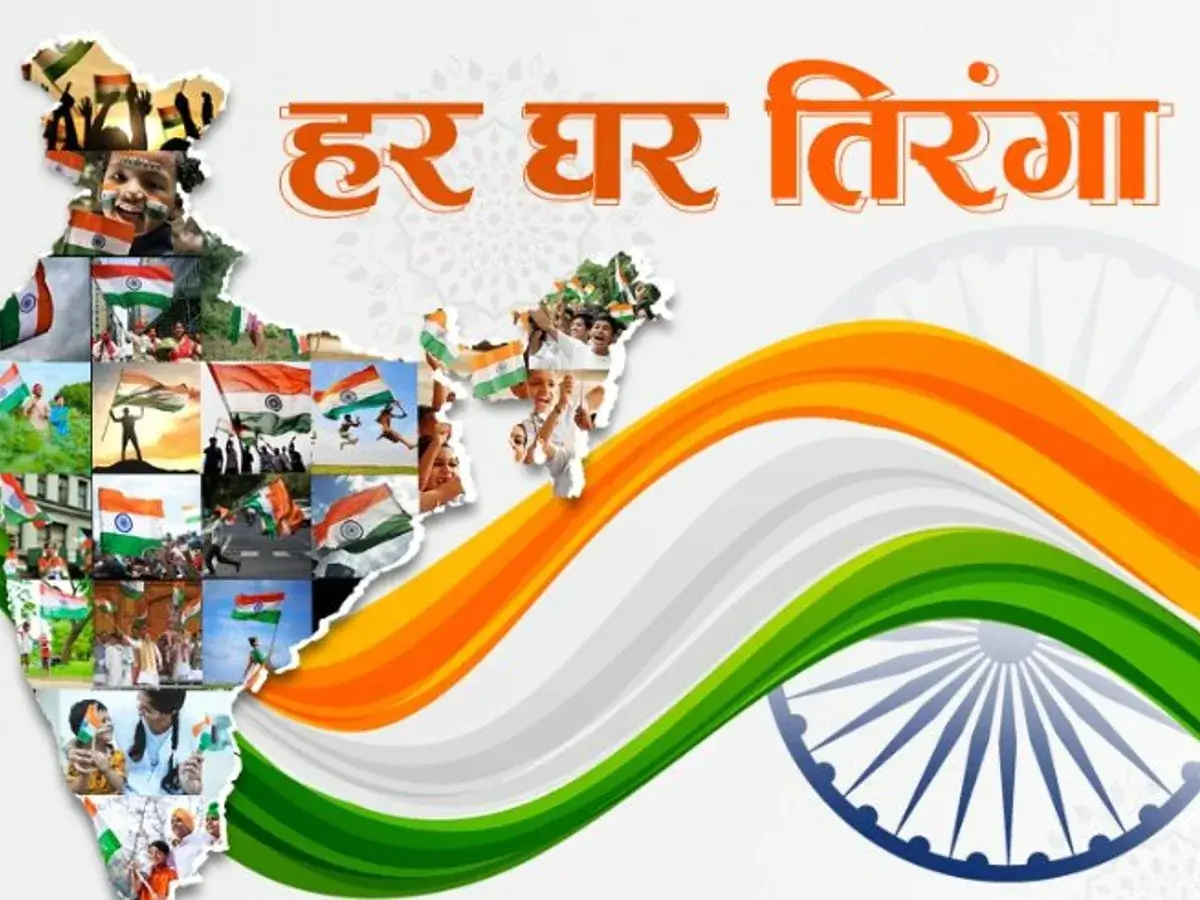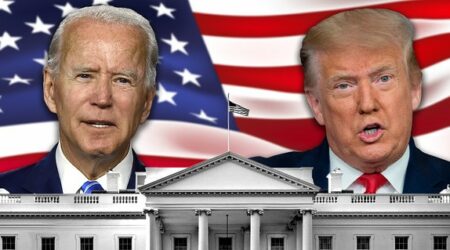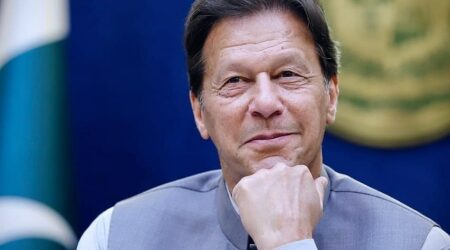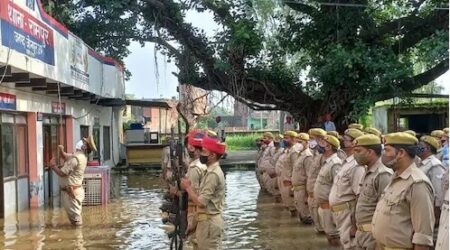Har Ghar Tiranga campaign was aimed at invoking the emotive value of the national flag
By Air Vice Marshal Rajeev Hora
The phrase “Wear your heart on your sleeve,” is an English phrase implying showing our intimate and deepest emotions in an open and honest manner. The origin of the phrase dates back to the Middle Ages and is probably related to the “sleeve,” which referred to something like a scabbard of armor – covering, concealing, and protecting the arm.
When participating in a joust or a duel, knights would often dedicate their performance to a lady of the court. In a gesture of chivalry and affection, they would therefore wear something that belonged to her, such as a scarf or ribbon, around their sleeve of armor, which indicated to the spectators which lady the knight favored.
For forty-one years in uniform in the service of the nation, the national flag has been the most venerable object for me. I am sure it must have been for thousands of others as well who have followed similar paths whether in uniform or in the civil world.
Every year, the hoisting and unfurling of the national flag have been a revered moment to swell our hearts with pride. In that one moment of salutation, I would somehow forget about what our country was and what it could have been. The portmanteau of thoughts always centered on what more could I do to have greater pride in the flag in front of me. But for some reason, the desire to wear my patriotic thoughts on my sleeve never crossed my mind all this time.
Har Ghar Tiranga was an initiative by the Government of India aimed at not only invoking the emotive value of the national flag but also producing a permanent aftereffect of a personal connection with the national flag.
After all, it was the seventy-fifth anniversary of our independence. Does one wonder what is so special about seventy-five? After all, is it not just another number in the counting book? “Is my life going to be any different a year before or a year later”, the thought crosses.
Well so be it. We all need reasons to rejoice and forget our ailing once in a while. That is what festivals are meant for. Accordingly, the clarion call came from the highest quarters that a flag should be seen outside every home. Riding on a governmental missive, everyone tried to ride the bandwagon and, took the substantial initiative to make the flags available to all and sundry.
As the sunset approaches, I can see the hired SUV mounted with three large flags doing the rounds in the nearby colony, crying patriotic songs hoarse over a set of sore-throated speakers, and distributing free flags to every household. The motivated machinery at work to make it happen is a sight to see.
And lo behold! I find the sacred harbinger of my patriotism and loyalty being suddenly transformed into a nationwide display of patriotism and nationalism.
Not to be outdone and trying to steal a bit of the thunder from the originals, organizations helped by corporate funding installed close to 500 flags all over the capital from their ‘Deshbhakti’ budget. The idea was that you should be able to see a prominent national flag wherever you may be standing in Delhi. I understand similar efforts were on in some other states as well.

Incidentally, the cost of each of these monumental flags is approximately Rs.30-50 lakhs with a recurring cost of about 5-10 lakhs every year. How I wish, the same expenditure could have been devoted towards creating and maintaining 150 world-class toilets all over the Capital city.
But I guess I am wrong. Clean toilets or pot-hole-free roads do not provide hope of a better tomorrow; fluttering flags probably do.
A political analyst explained to me his theory that this flag campaign – physical as well as digital – is probably one of the biggest master strokes of all time. In one go, the political masters who have conceived this ingenious campaign will be able to determine the political inclinations and affiliations of each household without speaking to any person from the residence. They will therefore know which groups to target and make appropriate mid-course corrections as a run-up to the next general elections. Someone comments, “Big Daddy’s Big Data at work”.
This hypothesis may be true or not but there is very little an ordinary citizen can do if his national flag is hijacked to become a touchstone, symbolic of his loyalty to the nation or the lack of it. At the end of the day, it will be an event over, job done and mileage received.
Back to the SUV which had halted momentarily at the traffic light. An empty used bottle of water is chucked out from the left rear window. The driver opens his door and hurriedly spits out the betel juice from his mouth on the road. Without waiting for the light to go green, he has a quick look on either side and drives on unabashedly. He has targets to meet.
I am cringing inside with my heart bleeding with flagging faith, thinking of the possible ungainly aftermath of the event. How many of these flags will find their way to dustbins, chewed by stray cattle, or disposed off in some other irresponsible fashion?
What will happen to the ultimate honor and decorum of the flag for which we were supposed to die for in battle?
The SUV stopped at a cluster of shacks outside the colony, probably occupied by migrant laborers. A volunteer steps out and waves at the old lady moving towards her hovel. Forlorn with wrinkled brows, a worn-out saree, and a bit of hunch back she must be over seventy-five.
Shouts our man, “Amma, tum bhi Rashtriya dwaj le lo. Free me mil raha hai.”
(Old lady, you also take a national flag. We are distributing it for free.)
“Mai kya karungi iska beta.”
(Son, what will I do with it?)
“Jhopdi per lagao. Akhir Aazadi ka Mahotsav hai.”
(Put it outside your shack. After all, it is the festival of independence).
As Amma walks away to rustle up her dinner, she turns back and dismisses him smilingly with folded hands,
“Rehne do beta. Dil me Umang to her din Diwali!”
(Spare me, son. When there is joy in the heart, then every day is a festival.)

(Air Vice Marshal Rajeev Hora superannuated from the Indian Air Force after 37 years of service. He is an accomplished aviator and test pilot with extensive operational experience. Blog: www.seekmediation.com)
==
Disclaimer: The views expressed are not necessarily those of The South Asian Times












